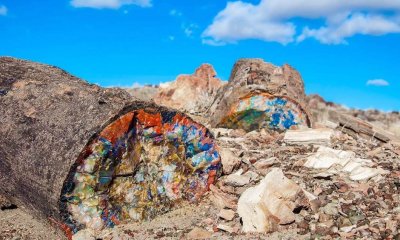Louisiana
What Is Louisiana Voodoo Really All About Anyway?
Voodoo is a very misunderstood religion. This is thanks to countless movies, folklore, and propaganda. The truth is that it’s not about Voodoo dolls, zombies, magic spells and love potions like many seem to believe. These practices are actually related to the folklore of New Orleans Voodoo. But they belong more to the practice of Hoodoo. Hoodoos is a non-religious, more modern practice. This is something I’ll get to later in this article. First, let’s visit the truth about Louisiana Voodoo and its connection to New Orleans.
Louisiana Voodoo
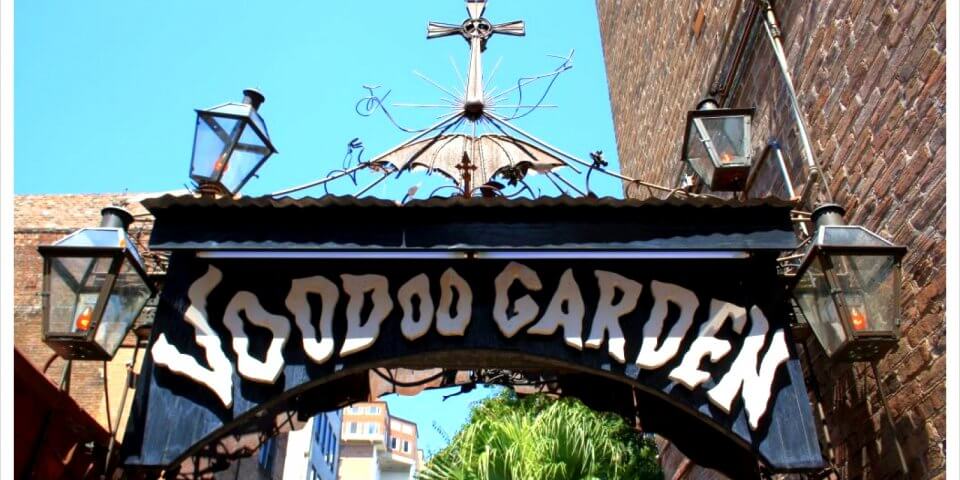
Voodoo’s Roots in Louisiana
The roots of Voodoo actually go back to West Africa. African slaves brought it over during the French colonial period. Voodoo in Louisiana has its beginnings in the early 1700s. From 1719 to 1731, the majority of African captives brought as slaves to Louisiana were Fon people from what is now Benin. Other groups such as the Bambara, Mandinga, Wolof, Ewe, Fulbe, Nard, Mina, Fon (Dahomean), Yoruba (Nago), Chamba, Congo, Ibo, Ado, Hausa, and Sango (Hall) also brought their cultural practices, languages, and religious beliefs rooted in spirit and ancestor worship. All of the groups were responsible for the development of Louisiana voodoo. Their knowledge of herbs, poisons, and the ritual creation of charms and amulets, intended to protect oneself or harm others, became key elements of Louisiana Voodoo.
With so many African natives populating the city and keeping close ties, they managed to keep a lot of their old-world traditions and culture alive. The Ouanga, a charm used to poison an enemy, contained the toxic roots of the figuier maudit tree, brought from Africa and preserved in Louisiana. The ground-up root was combined with other elements. Such as bones, nails, roots, holy water, holy candles, holy incense, holy bread, or crucifixes. This openness of African belief allowed for the adoption of Catholic practices into Louisiana Voodoo.
Another component of Louisiana Voodoo brought from West Africa was the veneration of ancestors as well as the subsequent emphasis on respect for elders. This allowed the older slaves to live much longer, which helped to embark wisdom and cultural history upon the people.
Louisiana Voodoo Queens
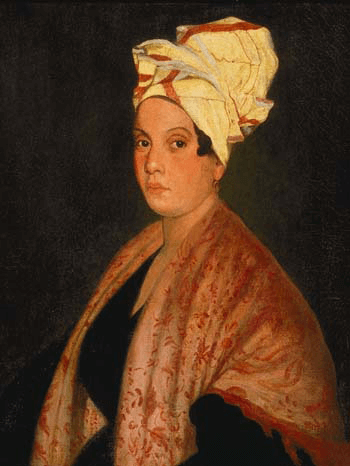
Voodoo queens were known to exercise great power in their communities. They had the role of leading many of the ceremonial meetings and ritual dances. They were considered practitioners who made a living through the selling and administering of amulets, charms, and magical powders, as well as spells.
Among the fifteen “voodoo queens” in neighborhoods scattered around 19th-century New Orleans, Marie Laveau was known as “the” Voodoo Queen. She was the most eminent and powerful of them all. Her religious rite on the shore of Lake Pontchartrain on St. John’s Eve in 1874 attracted some 12,000 black and white New Orleanians. Once the news of her powers spread, she dominated the other Voodoo leaders of New Orleans. Also, a Catholic, Laveau encouraged her followers to attend Catholic Mass as a strategic way to protect their true beliefs. Her influence contributed to the adoption of Catholic practices into the Voodoo belief system. Marie Laveau is remembered for her skill as well as her compassion for the less fortunate. You might remember her portrayed by Angela Basset on season 3 of American Horror Story Coven.
Modern Voodoo Rituals
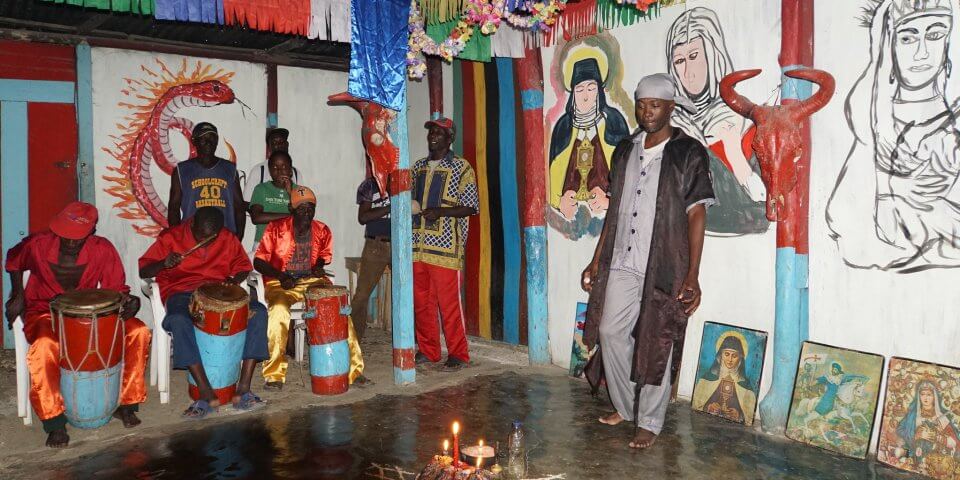
Singing is among important rituals as part of voodoo worship. Songs would be accompanied by patting, clapping and foot-stomping. However, there were no drums, unless it was part of the weekly public ceremony in Congo Square in New Orleans during slavery times. Drums later became a prominent feature of Voodoo rituals.
The descriptions of the deities come out in the songs. These descriptions include their names, likes and dislikes, origin, responsibilities, strengths, and weaknesses. Sometimes the songs are sung to the deities. Sometimes they’re sung as if the deities were speaking (or singing). Many songs mirror tunes of the Catholic Church, as well as associate the Catholic saints with African deities.
There are only two ways a new song would be added to the voodoo repertoire. The first is if someone has heard the song in a dream. The spirit reveals itself through dreams. The second instance is if a person is in a possessed trance then asks the people around them to sing and memorize it. The spirit is directly communicating in this way.
There are four phases to a voodoo ritual. They are preparation, invocation, possession, and farewell. The songs are used to open the gate between the deities and the human world. Also, they invite the spirits to possess someone.
Louisiana Hoodoo
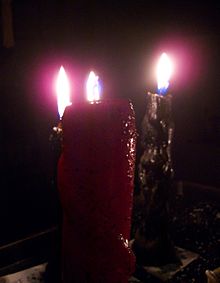
Hoodoo is influenced by Voodoo folklore and practices. Though it is not the same thing. Though rooted in Voodoo, it is quite different in many ways. It utilizes more Christian beliefs mixed with West African religions than it does with Voodo. Hoodoo, unfortunately, is often what most people imagine to be Voodoo. Hoodoo shows evident links to the practices and beliefs of Fon and Ewe spiritual folkways. The purpose of Hoodoo was to allow African Americans access to supernatural forces to improve their lives. Hoodoo is also purported to help people attain power or success in many areas of life including money, love, health, and employment. As in many other spiritual and medical folk practices, extensive use is made of herbs, minerals, parts of animals’ bodies, an individual’s possessions and bodily fluids, especially menstrual blood, urine, saliva, and semen.
Contact with ancestors or other spirits of the dead is an important practice within the conjure tradition. The practice of Hoodoo is also believed to accessible for use by any individual. They just must possess enough faith. This is due to Hoodoo’s great emphasis on an individual’s spiritual power to effect the desired change in the course of events. Hoodoo practice does not require a formally designated minister.
The Voodoo Doll
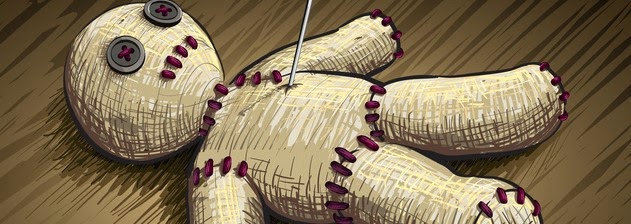
This might come as a bit of a disappointment to many, but the Voodoo Doll practice of inflicting pain on others by creating a doll in their image and pushing pins into it is greatly based on propaganda and scary storytelling. Voodoo dolls are simply novelty gift shop items sold to tourists. Voodoo and Hoodoo practitioners don’t actually use them.
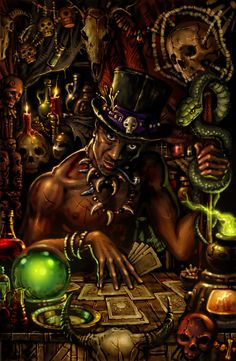
Voodoo Shops In New Orleans
Voodoo shops abound throughout The French Quarter area of New Orleans. Anyone wishing to visit New Orleans owes it to themselves to visit at least one of these great shops. Often a Priestess is available for spiritual guidance and you can find plenty of talismans for sale, as well as historical and religious books on Voodoo. It is an experience like no other!
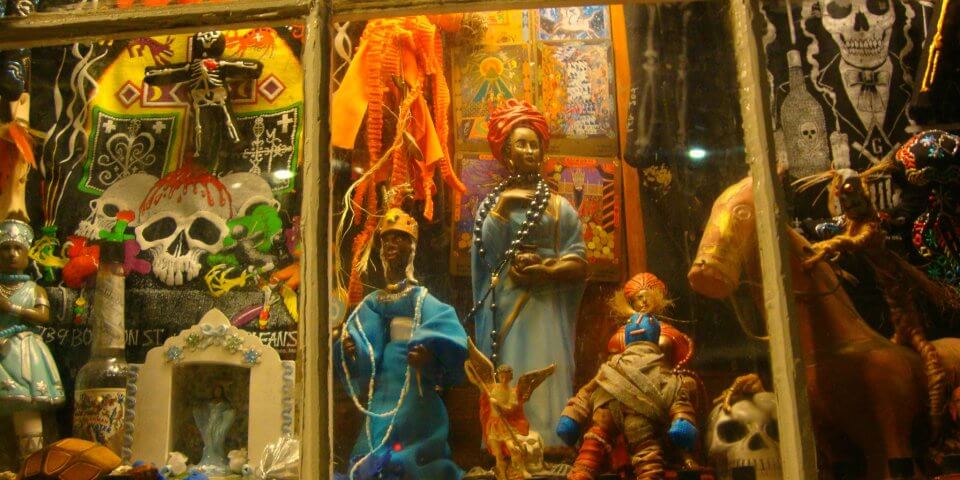
The Cultural Richness of Louisiana
Louisiana has a unique history due to the variety of cultures who’ve migrated there at one time or another. There are many great places to see and things to do in this unique state. Cultural diversity also plays a huge role in the unique architecture and traditions of the state’s inhabitants.
















